Our Region
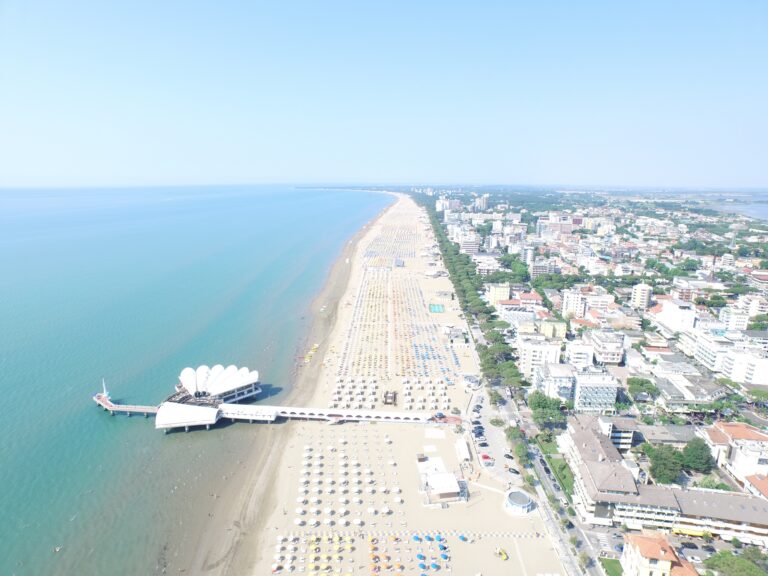
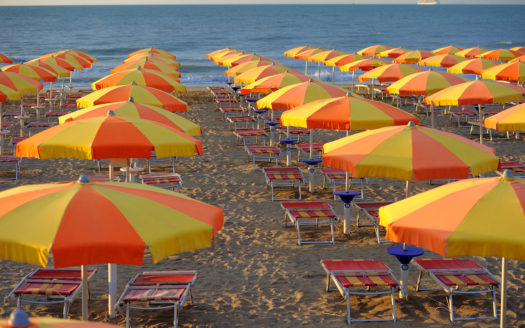
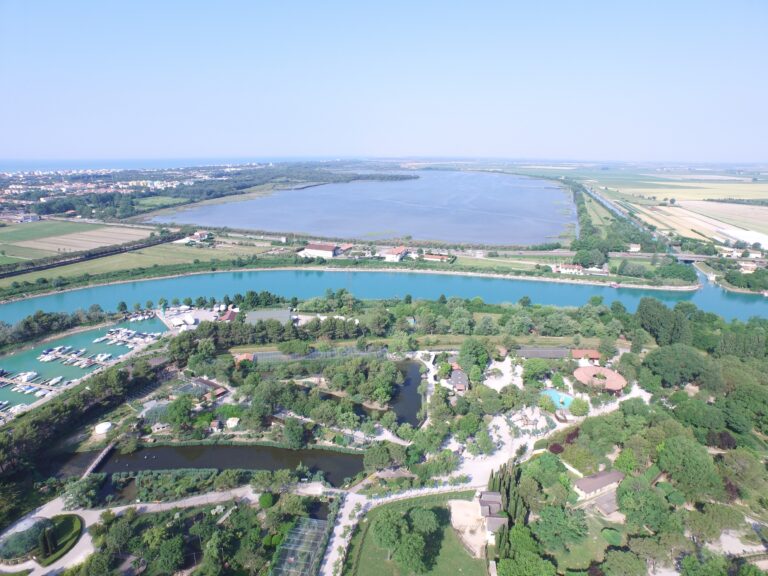
Lignano Sabbiadoro
Aprilia Marittima is a picturesque location situated in the northeast of Italy, characterized by a strategic geographical position that makes it an ideal tourist destination. Its proximity to numerous attractions makes it a perfect choice for a complete and fulfilling vacation. Nature and sea lovers can enjoy the beauty of the beaches in Lignano Sabbiadoro, which can be easily reached on foot from Aprilia Marittima. Here, the waters of the Adriatic Sea invite refreshing swims and water activities, while the lively beach facilities offer relaxation and fun for the whole family
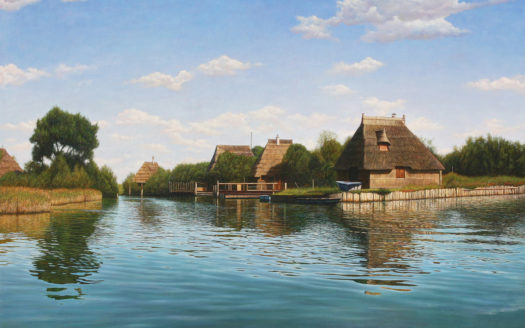
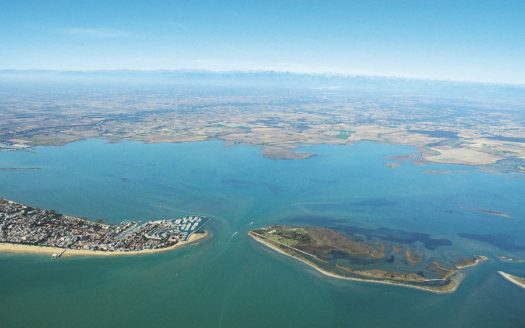
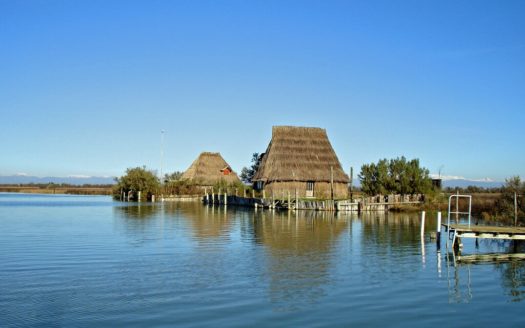

Marano Lagoon
The area is characterized by extraordinary scenic and natural richness, as evidenced by the presence of three regional natural reserves within the lagoon. These are the natural reserve of Foci della Stella, the natural reserve of Valle Cavanata, and the natural reserve of Foce dell’Isonzo (Isola della Cona). The first reserve, previously known as the Avifauna Oasis of the Marano Lagoon, extends over an area of 1,377 hectares and covers the entire mouth of the Stella river.
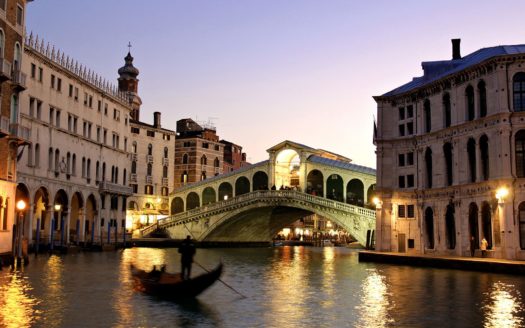

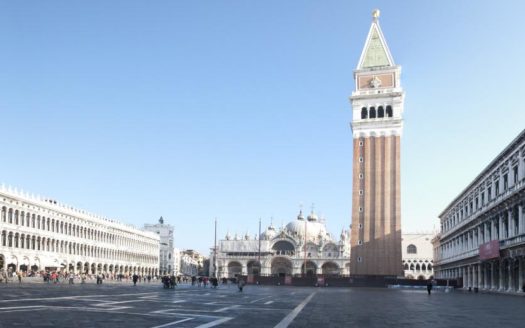
Venice
Venice, the extraordinary “City of Water,” captivates visitors with its timeless beauty and unique architecture. Located in northern Veneto, the city is an intricate maze of over 100 small islands immersed in a picturesque lagoon, embraced by the waters of the Adriatic Sea. This unique configuration, with an intricate network of canals instead of traditional streets, is what makes Venice one of the most fascinating destinations in the world.
The majestic St. Mark’s Square is the pulsating heart of Venice. Here, the splendid Basilica of St. Mark with its Gothic-Byzantine facade and golden mosaics offers a glimpse of the city’s glorious past. Next to it stands the Campanile of St. Mark, which provides a panoramic view of the city and the lagoon. Skillful gondoliers navigate the canals, leading visitors on enchanting journeys through picturesque views and hidden corners. Venice, with its history and intrinsic magic, continues to inspire and enchant the hearts of anyone who visits it.
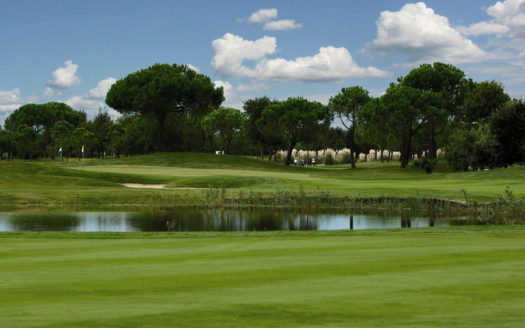
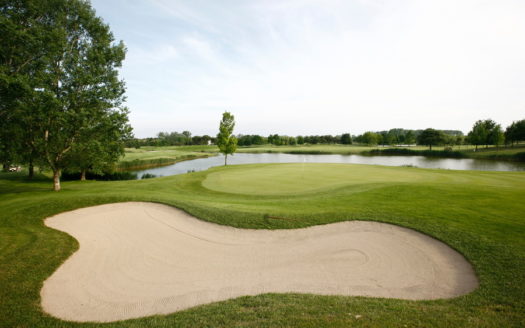
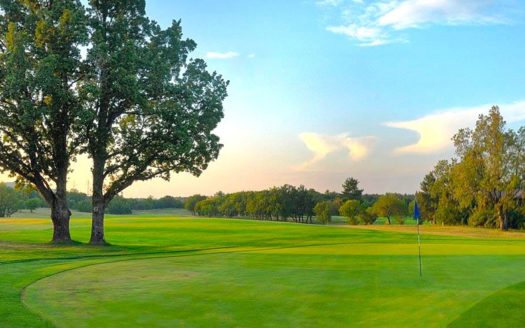
Golf Club Lignano
The renowned architect Marco Croze designed the Lignano golf course, which extends over a vast area framed by the beautiful pine forest of Lignano. This course offers a series of challenges, with numerous hardships, but at the same time, it also features picturesque lakes and spacious bunkers. The project was conceived to meet the technical needs of both experienced players and beginners. At the Lignano Golf Club, there are pitching and putting green areas available, as well as a large practice field with nine covered tees.
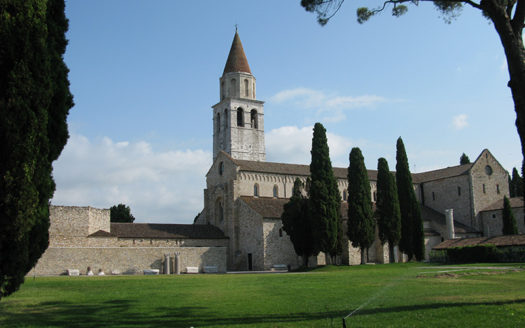
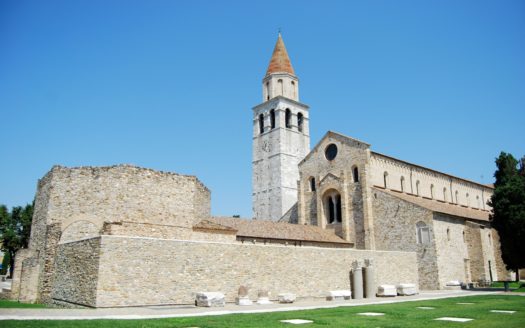
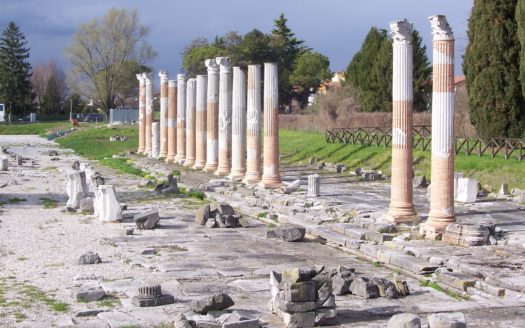
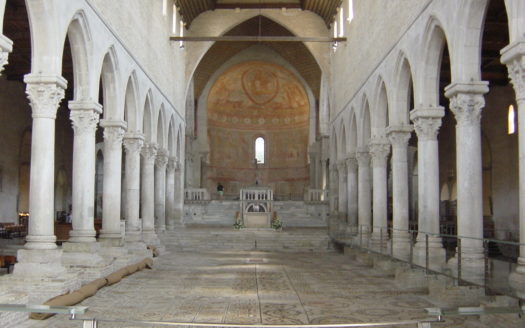
Aquileia
Aquileia, located in the plain of Friuli, is embraced by the lush greenery of the countryside, which reflects in the crystal-clear waters of the Natissa River. In the 2nd century AD, the Romans built a citadel on its western bank, transforming it into one of the most renowned cities of the Empire. Its fame was not only due to its military capabilities and economic prosperity but also to the cultural and spiritual magnificence that distinguished it.
Archaeological remains can be easily found in numerous parts of the city, bearing witness to its illustrious past. The Roman forum, in particular, represented the beating heart of city life, with its offices, temples, shops, porticos, and monuments, all elements that contributed to creating a lively and vibrant atmosphere.
Aquileia, therefore, continues to be a precious treasure trove of history, where traces of its past greatness are still clearly visible and captivate today’s visitors.
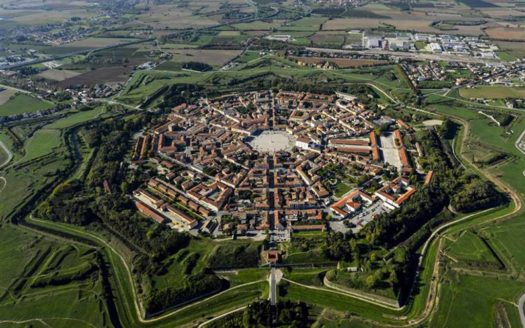
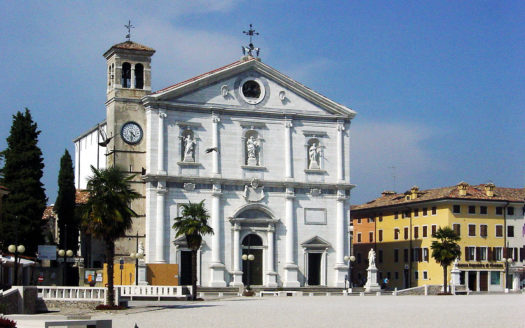
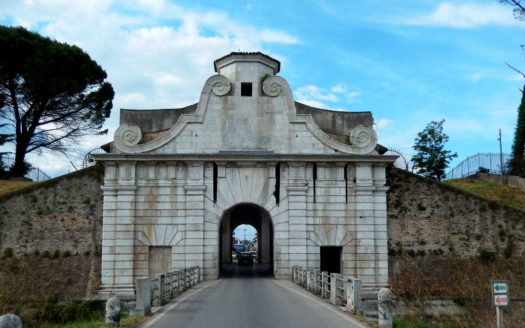
Palmanova
Palmanova is a city in northeastern Italy, situated 20 km from Udine, 28 km from Gorizia, and 55 km from Trieste. It is renowned for its fortress-like design and layout, which has been emulated by many military architects in modern times. On October 7, 1593, the superintendent of the Republic of Venice established a groundbreaking new type of settlement: Palmanova. The city’s founding date was chosen to commemorate the victory of European forces, predominantly supported by the Venetian republic, over the Ottoman Turks in the battle of Lepanto. On October 7, the city celebrates Santa Giustina, who was elected as its patroness.
Using the latest military innovations of the 16th century, Palmanova was built as a small town in the shape of a nine-pointed star-shaped fortress, designed by Vincenzo Scamozzi. The ramparts protruded between the points of the star to enable mutual defense. A moat surrounded the city, and entry was permitted through three large guarded gates. The outer fortifications were completed during the Napoleonic era. From 1815 to 1866, the city was under Austrian rule and was later annexed to Italy, along with Veneto and western Friuli, 50 years afterward. In 1960, Palmanova was declared a national monument.


